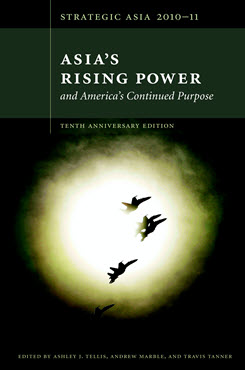Climate Change and Environmental Impact
This chapter focuses on the real and potential impacts of climate change in Asia.
EXECUTIVE SUMMARY
MAIN ARGUMENT
Climate change models predict significant climate effects throughout the region. Dry areas will become drier and wet areas will become wetter. Coastal storms will increase in frequency and intensity. The monsoon may transform in dramatic ways. This situation is driven by many factors, including rapid population growth, urbanization, and economic growth. The likely social impacts of climate change include challenges to public health, increased population movement, diminishing state capacity, obstacles to development, and environmental damage. In this context, the potential for violent conflict ranging from riots to war is real, although there are also considerable opportunities for cooperation. In particular, with China’s acknowledgment of the seriousness of climate change and its emergence as the world’s leading investor in clean energy, the U.S. should deepen engagement in the region on climate change and related issues.
POLICY IMPLICATIONS
- Take a leadership position on mitigating climate change and urge China to do the same.
- Develop a better understanding of the region by encouraging study abroad and similar programs.
- Fund research collaboration in China and throughout Asia.
- Rethink regional dynamics and consider the impact that activity at this level will have at the local level.
- Step up regional diplomacy—there are many stresses that need to be reduced.
- Help create a global humanitarian response capability.
Strategic Asia
The Strategic Asia annual edited volume incorporates assessments of economic, political, and military trends and focuses on the strategies that drive policy in the region. Learn more about Strategic Asia.


